Photographs: Jayanta Shaw/Reuters Ajit K Ghose
In 2012, there were 410 million working-age people in the labour force, of whom 12 million (2.9 per cent) were unemployed, rues Ajit K Ghose.
A key challenge confronting India and its new government, it is widely agreed, is that of employment.
The nature of this challenge, however, is not well-understood.
Much too often the challenge is defined as that of creating so many million jobs every year to absorb the new entrants into the labour force.
If it were so, however, we could be confident of meeting it.
. . .
Creating jobs is the new govt's biggest challenge
Image: An employee walks between parked Hyundai cars ready for shipment at a port in Chennai.Photographs: Babu/Reuters
On a most inclusive definition of the labour force -- including the children, the elderly and the secondary or subsidiary workers -- 6.4 million people joined the labour force each year between 2000 and 2012.
Against that, 6.3 million jobs were reportedly created in each of those years.
The point, however, is not to create so many jobs a year.
In an economy such as India’s, jobs create themselves to a large extent, which is why the rate of unemployment is perennially low, at two-three per cent.
But most of these are of poor quality.
. . .
Creating jobs is the new govt's biggest challenge
Image: In 2012, there were 410 million working-age people in the labour force, of whom 12 million (2.9 per cent) were unemployed.Photographs: Babu/Reuters
Even if we confine attention to the core workers -- those between 15 and 59 years of age seeking full-time employment -- we still find that many of the employed are engaged in jobs that are neither productive nor remunerative.
Besides, some of them are underemployed.
Not surprisingly, we observe low unemployment but widespread poverty.
In 2012, there were 410 million working-age people in the labour force, of whom 12 million (2.9 per cent) were unemployed.
Of the 398 million core workers employed, 34 million (8.5 per cent) had ‘good’ jobs -- regular ones with relatively higher wages, non-wage benefits and social security entitlements -- in the modern, organised part of the economy.
. . .
Creating jobs is the new govt's biggest challenge
Image: About a fourth of all employed workers fell below the poverty line set by a committee under Suresh Tendulkar.Photographs: Reuters
Of the remaining 364 million, 52 million (14.3 per cent) were in regular-informal jobs (regular ones with relatively lower wages and no non-wage or social security benefits), 120 million (33 per cent) in casual wage ones and 192 million (52.7 per cent) were self-employed.
Many of the self-employed and most of the casual wage workers were also underemployed; quite a few of their labour-days available remained unused because there was no work.
About a fourth of all employed workers fell below the poverty line set by a committee under Suresh Tendulkar.
The incidence of poverty was lowest (three per cent) among those in good jobs and highest (37 per cent) among the casual wage workers.
The challenge, therefore, is much bigger than that indicated by number entering the labour force.
. . .
Creating jobs is the new govt's biggest challenge
Image: We need to create productive and remunerative jobs not just for the new entrants but also for the millions of those currently seen as employed.Photographs: Reuters
We need to create productive and remunerative jobs not just for the new entrants but also for the millions of those currently seen as employed.
Evidently, such a massive task cannot be accomplished in a few years.
But a process must be begun so that the goal is accomplished in over a limited period. Policies must ensure that (a) good jobs grow at a significantly faster rate than the labour force and (b) labour productivity in the unorganised sector grow steadily enough to lift labour-incomes and reduce underemployment.
Do our policies need to focus on anything other than high economic growth to achieve these objectives?
Yes.
. . .
Creating jobs is the new govt's biggest challenge
Image: The traditional blue-collar, shop-floor jobs are much harder to come by.Photographs: Danish Siddiqui/Reuters
We see why when we consider the changes in employment conditions of the core workers during 2000-12, a period of high economic growth (7.7 per cent a year).
Good jobs grew faster, at 3.3 per cent a year, than the labour force, at 1.9 per cent a year, and so did organised sector employment, at 5.4 per cent a year.
At the same time, output for each worker in the unorganised sector expanded at 4.7 per cent a year.
So, the objectives were met and employment conditions improved substantially.
The period of high economic growth was by no means one of jobless growth.
However, it was mostly the high-skilled, those who went to college, who took advantage of the additional good jobs created, with their share of the good jobs increasing to 59 per cent in 2012 from 35 per cent in 2000.
. . .
Creating jobs is the new govt's biggest challenge
Image: Experience tells us that the pattern of growth is as important as the pace.Photographs: Danish Siddiqui/Reuters
In fact, even the additional regular-informal jobs created in the organised sector went mainly to the high-skilled, who had 26 per cent of these jobs in 2012 against 19 per cent in 2000.
Thus, while the high economic growth did generate fairly rapid job growth, it did so much more for the high-skilled than for the low-skilled.
The explanation lies in the fact that India’s rapid growth during 2000-12 was services-led. Job growth occurred much more in organised services than in organised manufacturing.
And, the share of the high-skilled in the former is much higher than in the latter.
Experience tells us that the pattern of growth is as important as the pace.
The services-led growth of the past decade generated an inappropriate pattern of job growth.
. . .
Creating jobs is the new govt's biggest challenge
Image: An Indian employees at a call centre provide service support to international customers.Photographs: Sherwin Crasto/Reuters
It generated too few jobs for the low-skilled, who are in abundant supply and need to be absorbed in productive jobs.
In meeting the employment challenge, what is required is rapid manufacturing-led growth, which can generate productive and remunerative jobs for the low-skilled.
Happily, rapid services-led growth is no longer feasible, and promotion of rapid manufacturing-led growth is very much on the agenda for the new government.
To this end, the poor state of physical infrastructure has been correctly identified as the principal constraint on the growth of manufacturing.
Though agriculture has not been talked about much, its sustained growth is essential not just for rapid manufacturing-led growth but also for ensuring healthy growth of labour productivity in the unorganised sector.
Ajit K Ghose is an honorary professor at the Institute for Human Development in New Delhi

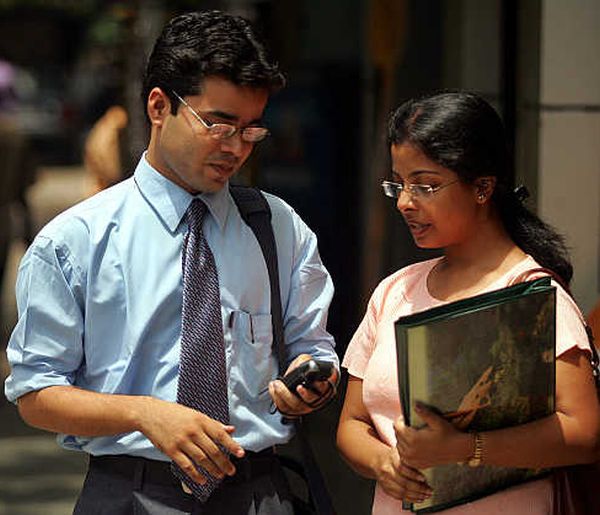
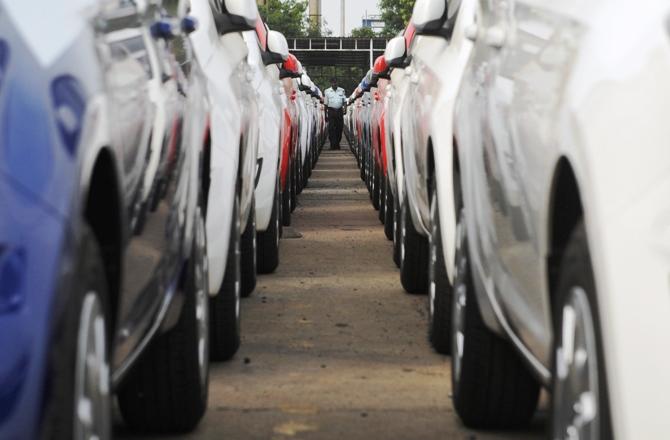
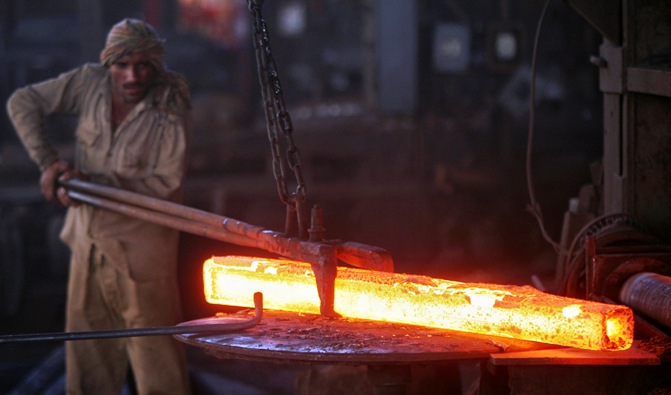

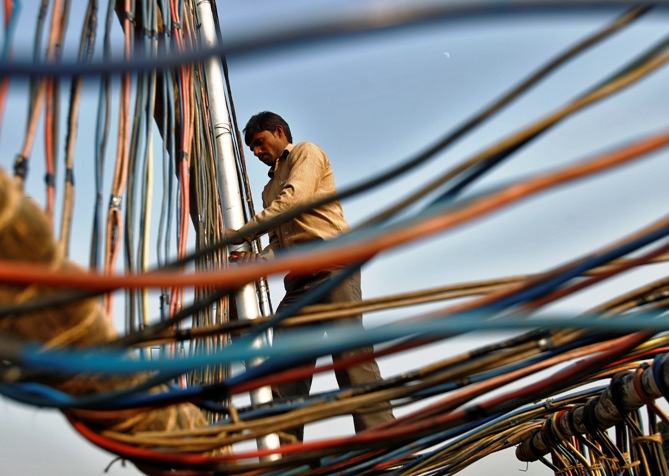
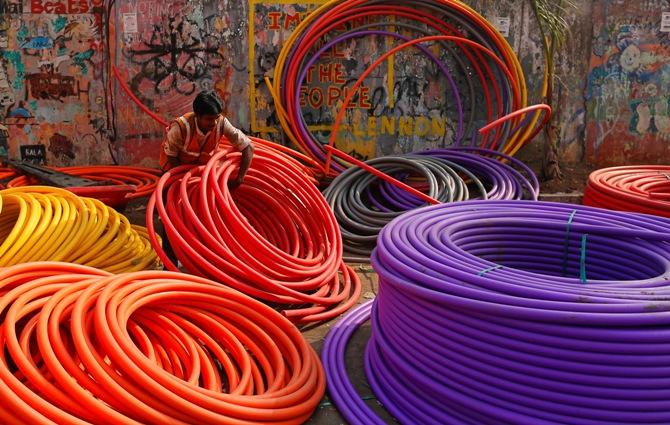
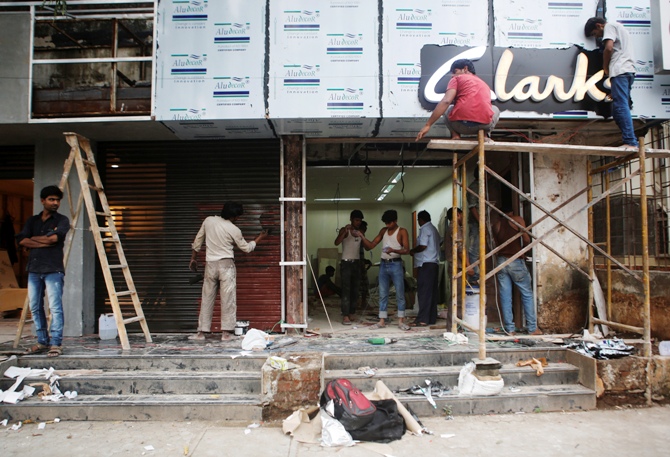


article